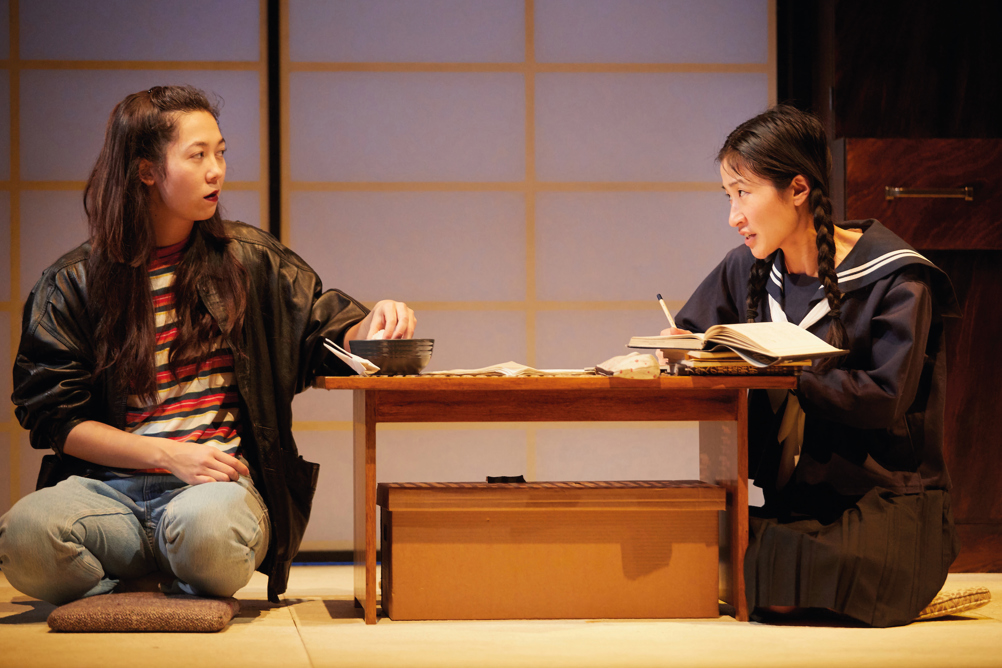In each issue of D&T we bring you an expert's guide to a play for study with your students. Here, Paul Bateson introduces this gripping play, based on a true story.

Originally staged at the National Theatre in 2018, and now an option for study in AQA GCSE component one since 2023, The Great Wave is epic and emotional.
Spanning 1979 to 2003, this play looks at the mysterious disappearance of a Japanese schoolgirl, and her mother and sister's tireless search to find her.
An aspect of assessment for component one is ‘developing knowledge of, and understanding context of, the whole play.’ The Great Wave is based on the true stories of Japanese citizens who were abducted by the North Korean regime in the 1970s–80s and the play is rooted in that context so any study needs to prioritise this historical situation as a starting point and devote time to it.
Register now to continue reading
Register to the Drama & Theatre website today and gain access to all the latest news and developments from the world of drama education.
By registering you will receive:
-
Free access to 4 subscriber-only articles per month
-
Unlimited access to news and opinion on our website
Already have an account? Sign in here
